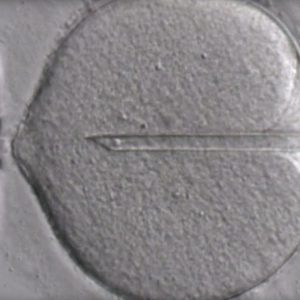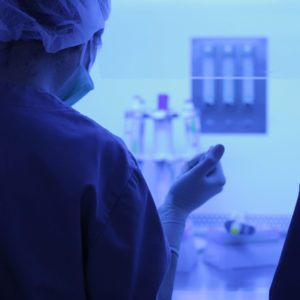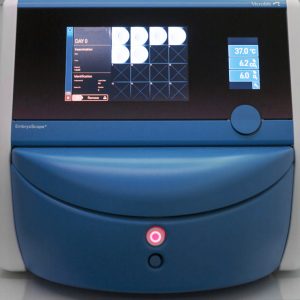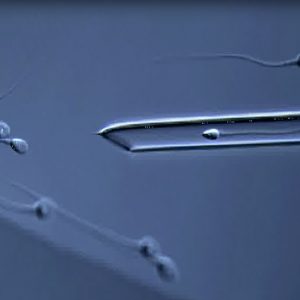Assisted Reproduction is the sum of different methods and techniques, including In Vitro Fertilisation, which aim to facilitate and achieve pregnancy through medical assistance.
In this article, we will explain in detail what Assisted Reproduction is, when it is recommended, and which are the most advanced reproductive technologies.
How does Assisted Reproduction work?
Thanks to medical advances, the list of techniques that make up Assisted Reproduction has grown over the years.
The main goal of this medical specialty is to enable patients with fertility issues or without a male partner, as well as LGBTI+ people or those carrying certain genetic diseases who do not wish to transmit them to their offspring, to achieve pregnancy.
Assisted Reproduction techniques are diverse, however, in Spain, Law 14/2006 on Assisted Reproduction includes the following authorised techniques: Artificial Insemination, In Vitro Fertilisation, ICSI, IVF with Sperm or Egg Donor, Egg Vitrification, Fresh or Frozen Embryo Transfer. Gamete Intrafallopian Transfer (GIFT) is also an Assisted Reproduction technique, although the number of patients who request or are eligible for it is very low.
From a technical point of view, Assisted Reproduction treatments can be grouped mainly into Artificial Insemination or In Vitro Fertilisation. Depending on the patient’s reasons for resorting to fertility treatment, one or the other type of technique will be recommended.
The types of treatments and complementary tests that need to be carried out to prepare the reproductive system and increase the chances of pregnancy, such as genetic testing (PGT), IMSI, embryo make-up, etc., may also vary.
These add-on techniques will always be a good support to the Assisted Reproduction treatment, if they are recommended by your doctor, as there are specific techniques and treatments for each part of the reproductive process.
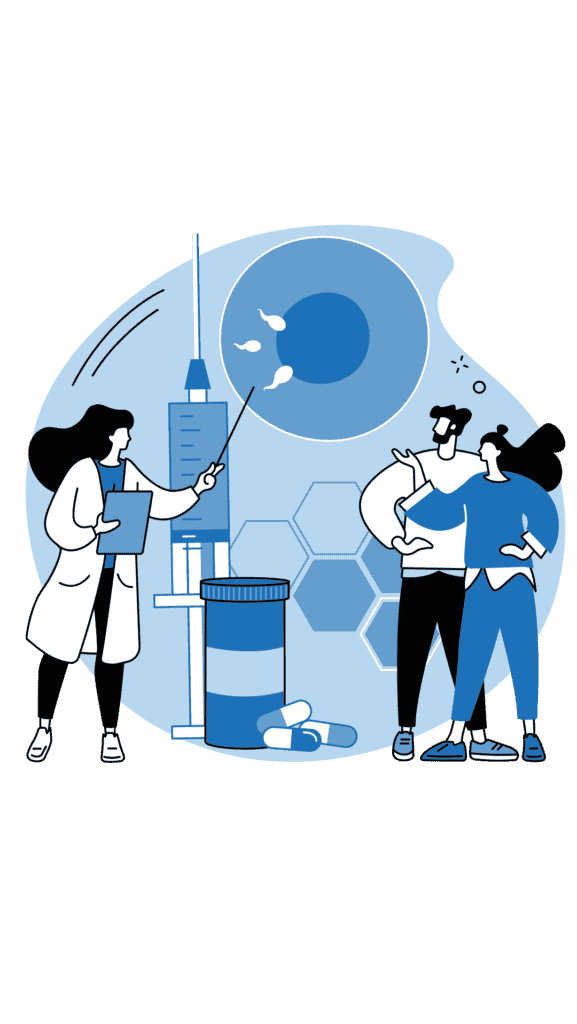
Success rates of Assisted Reproduction techniques
It is essential that, before undergoing Assisted Reproduction treatment, you know that each one has different success rates. In addition, there are many factors that can alter these figures, such as the age, fertility of the partner and patient, the state of the woman’s eggs, the man’s sperm, illnesses suffered, etc.
Each medical centre has its own success rates; at IVFforYOU we have a large team of experts and cutting-edge technology that allows us to offer our patients the following figures:
As we mentioned before, you should bear in mind that each treatment can be accompanied by different add-on techniques, which increase the chances of success as there are more factors that are medically controlled.
When is Assisted Reproduction recommended?
Assisted Reproduction is recommended in different cases, including:
– Women over 35 years of age
– Single women who want to become mothers
– Homosexual couples
– Heterosexual couples where one or both partners have fertility issues or are having difficulty achieving pregnancy naturally.
– Women with a history of gynaecological diseases
– Women and men who want to preserve their fertility by freezing eggs or sperm, as appropriate.
Regardless of your situation, it is always preferable to see a doctor and undergo an evaluation. They will be able to advise you on the best treatment for your needs and circumstances.
Your first Assisted Reproduction visit free of charge
What is the difference between Assisted Reproduction and In Vitro Fertilisation?
It is very common to get confused between the concepts of Assisted Reproduction and In Vitro Fertilisation. Therefore, at IVFforYOU we explain them to you so that you know the difference between one and the other.
Assisted Reproduction is a set of techniques that allow pregnancy to be achieved.
In Vitro Fertilisation (IVF), on the other hand, is one of the techniques included in Assisted Reproduction, and is the one with the best success rate for achieving pregnancy.
Although IVF is technically complex, it is one of the safest and simplest processes for patients.
Over the years, it has also become increasingly popular, hence the confusion between these two concepts.
New advances and reproductive technologies
Assisted Reproduction was born as a solution to infertility issues. Today it is used and recommended in many more cases, allowing more people to achieve a pregnancy when they choose and in a much more controlled way, especially in the prevention of genetic diseases.
Precisely this last point is one of the most revolutionary. The application of the genetic compatibility test makes it possible to identify whether one of the members of a couple (or the sperm/egg donor) is a carrier of a serious genetic alteration that could affect the baby.
If this test is performed in an In Vitro Fertilisation treatment and a serious genetic incompatibility is identified, the genetics of the embryos can be analysed to identify if any of them are carriers and not to transfer them.
In addition to the genetic analysis of the embryos, the new advances in Assisted Reproduction focus on achieving a better selection of the embryos based on the analysis of their development and thus offer a new perspective on the scales for measuring the quality of the embryos.
In addition, current embryo selection techniques, applied in highly optimised laboratories, allow for increased implantation and birth rates, favouring the transfer of a single embryo. Some examples are culture until blastocyst (five days) or the Preimplantational Genetic Test for aneuploidy.
At IVFforYOU, only one embryo is transferred in 90% of the treatments. In this way, twin pregnancies and the consequent risks are avoided.
If you are looking for an Assisted Reproduction treatment, we invite you to write to us so that our doctors can evaluate your situation and advise you on the best option for your case. The first visit is free of charge!
Source: Ley 14/2006 sobre técnicas de reproducción humana asistida



